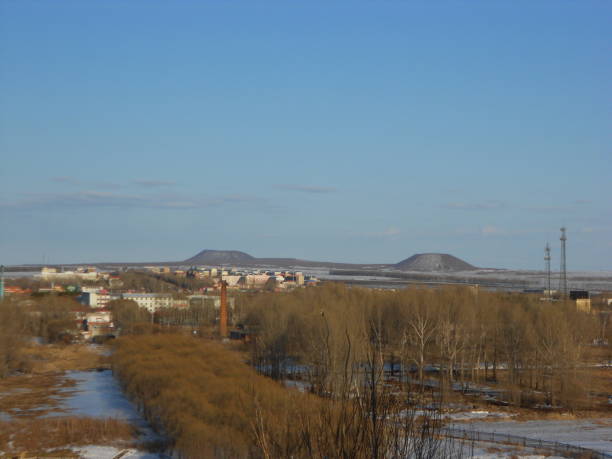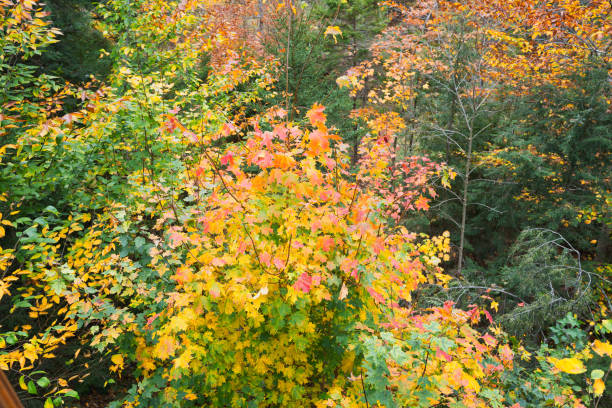These photos are all nominated for the Sony World Photography Awards 2020. They show the vulnerability of humans and nature.
Eddo Hartmann has been named a finalist for the Landscape category in his series The Sacrifice Area. This refers to a remote area of Kazakhstan, which was the main testing ground for Soviet Union nuclear experiments between 1949 and 1989.
Eddo Hartmann
Above is an image of a dosimetrist assessing radiation levels in Kazakhstan’s Lake Shagan. The area is still highly contaminated by the approximately 450 nuclear tests that were conducted there. The top picture shows the remains of a Soviet-era observation tower in Opytnoe Pole, Russia.
Hartmann captured these landscapes using infrared, the red colors indicating radiation contamination that is not visible to the naked eye. Local scientists use infrared to monitor current conditions at contaminated sites, he says. The chlorophyll in green vegetation reflects an enormous amount of infrared radiation. The different shades of reflection can provide valuable information about the health of an area.
A girl in Zharrez, Albania, climbs on an old oil tank. This image was taken by Jonas Kako and is shortlisted for the Environment category. Finalist Jasper Doest, Wildlife & Nature, captured this image of elephants charging in Livingstone, Zambia.



